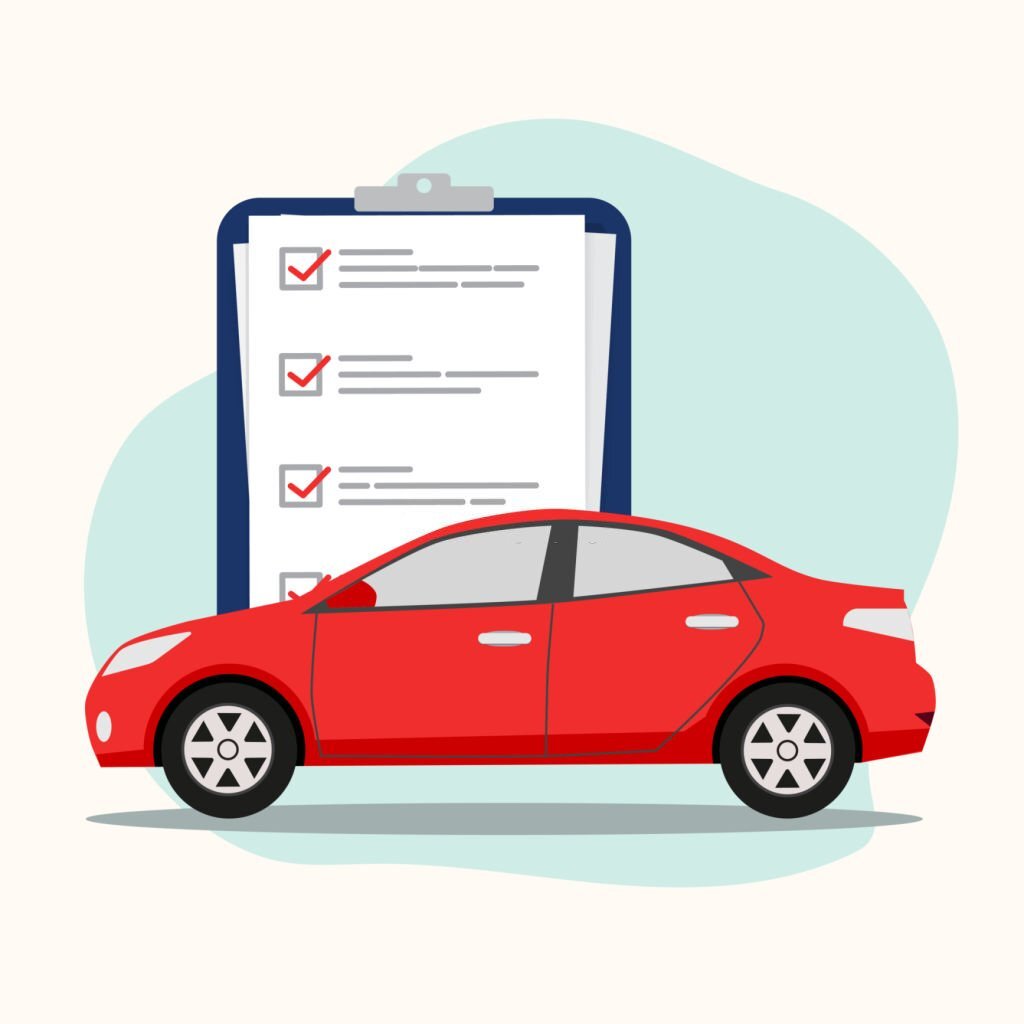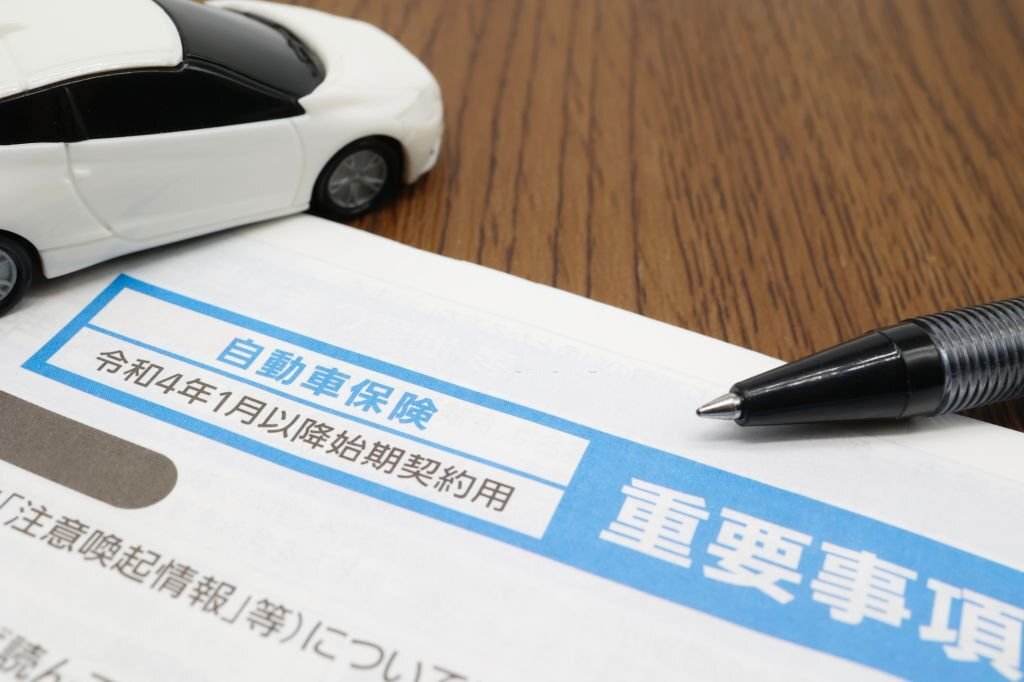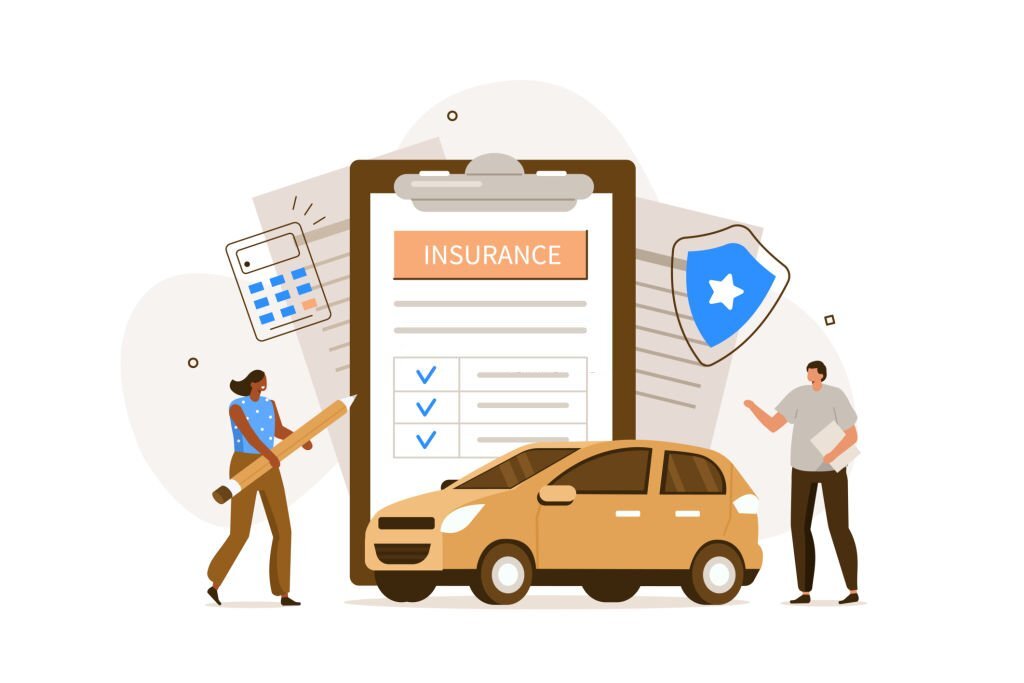Auto Insurance Unveiled: 8 Common Myths Debunked and Misconceptions Clarified
Introduction
When it comes to auto insurance, there are numerous myths and misconceptions that can leave drivers confused and misinformed. In this article, we will shed light on some of the most common misconceptions surrounding auto insurance and debunk them with facts. By understanding these myths, you can make informed decisions about your coverage and ensure you have the right protection for your vehicle and yourself.

Myth 1: “Red cars are more expensive to insure”
Contrary to popular belief, the color of your car has no impact on your insurance premiums. Insurance companies base their rates on factors such as the make, model, year, and condition of your vehicle, as well as your driving history and other personal details. The color of your car is not a determining factor in the calculation of insurance premiums.
Myth 2: “My credit score doesn’t affect my insurance rates”
Your credit score can indeed influence your auto insurance rates. Many insurance companies consider credit scores when determining premiums as studies have shown a correlation between creditworthiness and the likelihood of filing insurance claims. Maintaining a good credit score can help you secure lower insurance rates and potentially save you money.
Myth 3: “My insurance will cover me if my car is stolen”
While auto insurance policies generally provide coverage for theft, it’s essential to understand the details of your specific policy. Most policies cover the theft of your vehicle, but not personal belongings left inside it. To protect against theft, consider comprehensive coverage, which provides additional protection for a range of risks, including theft and vandalism.
Myth 4: “Full coverage means everything is covered”
The term “full coverage” can be misleading, as it doesn’t mean every possible scenario is covered. Full coverage typically refers to a combination of liability, collision, and comprehensive coverage. It’s important to review the specific details of your policy and understand what is included and excluded. Additional endorsements or specific policies may be necessary for certain situations, such as coverage for custom parts or roadside assistance.

Myth 5: “My insurance will pay for a rental car”
While some insurance policies offer rental car coverage as an add-on or as part of comprehensive coverage, it is not automatically included in all policies. It’s crucial to review your policy and understand the terms and conditions regarding rental car coverage. In some cases, you may need to purchase additional coverage or rely on other alternatives like car rental companies’ insurance options.
Myth 6: “Insurance follows the driver, not the vehicle”
In most cases, auto insurance follows the vehicle, not the driver. This means that if you lend your car to a friend or family member and they have an accident, your insurance will generally be primary in covering the damages. However, it’s important to check your policy’s terms and conditions as there may be exceptions or limitations, such as unlisted drivers or drivers with a suspended license.
Myth 7: “I don’t need insurance for my old car”
Regardless of your car’s age, having insurance is essential for protecting yourself and your vehicle. While it’s true that older cars may have lower market values, they can still be involved in accidents or be subject to theft. Moreover, liability coverage is necessary to protect you from potential legal and financial liabilities resulting from an accident. Evaluate the appropriate coverage for your old car based on its value and your specific needs.
Myth 8: “I don’t need insurance for a rental car”
If you rent a car, it’s important to consider insurance coverage. While your existing auto insurance policy may provide some coverage for rental cars, it may not be sufficient or comprehensive. Rental car companies often offer their insurance options, which can provide additional protection and peace of mind during the rental period. Assess your existing coverage and the terms of the rental agreement to determine if additional insurance is necessary.
Myth 9: “My personal auto insurance covers my business use”
If you use your vehicle for business purposes, it’s important to understand that your personal auto insurance may not provide coverage in certain situations. Most personal auto insurance policies exclude coverage for business use or may have limitations. If you use your vehicle for business activities such as deliveries or transporting clients, consider getting a commercial auto insurance policy to ensure adequate coverage.
Myth 10: “I don’t need insurance if I have a comprehensive warranty”
While a comprehensive warranty can provide coverage for certain repairs and maintenance, it doesn’t replace the need for auto insurance. Comprehensive warranties typically have limitations and exclusions, and they do not cover liabilities resulting from accidents or damages caused to other vehicles or property. Auto insurance is essential for protecting yourself financially in case of accidents, injuries, or damage to third parties.
Myth 11: “I don’t need uninsured/underinsured motorist coverage”
Uninsured/underinsured motorist coverage is an important aspect of auto insurance that protects you if you’re involved in an accident with a driver who either doesn’t have insurance or has inadequate coverage. This coverage can help cover medical expenses, vehicle repairs, and other damages. It’s crucial to consider including uninsured/underinsured motorist coverage in your policy to ensure you’re protected from potential financial hardships.
Myth 12: “My auto insurance covers personal belongings inside my car”
Auto insurance primarily focuses on covering damages to your vehicle and liabilities resulting from accidents. Personal belongings inside your car, such as laptops, smartphones, or other valuable items, are typically not covered by auto insurance. To protect your personal belongings, consider separate insurance options such as renter’s insurance or homeowner’s insurance.
Myth 13: “Auto insurance rates are solely based on my driving record”
While your driving record is a significant factor in determining your auto insurance rates, it’s not the only consideration. Insurance companies also assess other risk factors, such as your age, gender, location, and the statistical likelihood of accidents and theft in your area. Additionally, factors like the type of vehicle you drive, your credit score, and previous claims history can impact your rates.

Myth 14: “My auto insurance covers mechanical breakdowns”
Standard auto insurance policies typically do not cover mechanical breakdowns. Insurance is designed to protect against sudden and accidental events, such as collisions or theft, rather than regular wear and tear or mechanical failures. To cover mechanical breakdowns, you may consider purchasing an extended warranty or mechanical breakdown insurance from a reputable provider.
Myth 15: “Auto insurance rates are the same across all insurance companies”
Auto insurance rates can vary significantly among insurance companies. Each insurer has its own underwriting guidelines, rating factors, and risk assessments, which can lead to variations in premiums. It’s essential to shop around, compare quotes from different insurers, and consider factors beyond price alone, such as customer service, reputation, and coverage options.
By addressing these additional myths, we aim to provide a comprehensive understanding of auto insurance and debunk common misconceptions. Remember, staying informed and seeking professional advice can help you make well-informed decisions when it comes to protecting yourself and your vehicle on the road.
Conclusion
Auto insurance is a complex subject, and it’s essential to separate fact from fiction. By debunking these common myths and misconceptions, we hope to have provided you with a clearer understanding of how auto insurance works. Remember to review your policy regularly, seek clarification from your insurance provider, and make informed decisions to ensure you have the right coverage for your needs.

FAQs
FAQ 1: Can I get auto insurance without a driver’s license?
Most insurance companies require a valid driver’s license to issue an auto insurance policy. However, there are specialized insurance options available for individuals who don’t have a driver’s license but want coverage for their vehicles, such as insuring a car owned by someone else or insuring a collector’s vehicle.
FAQ 2: How can I lower my auto insurance rates?
There are several ways to potentially lower your auto insurance rates. Some strategies include maintaining a good driving record, bundling multiple insurance policies with the same provider, raising your deductibles, taking advantage of discounts (e.g., safe driver discounts, multi-car discounts), and periodically reviewing and comparing quotes from different insurance companies.
FAQ 3: Will my rates go up if I make a claim?
Making a claim can sometimes result in increased insurance rates, especially if you’re found at fault for the accident. Insurance companies may view you as a higher risk, leading to higher premiums. However, not all claims result in increased rates, and the impact on your premiums can vary depending on factors such as the severity of the claim, your driving history, and your insurance company’s policies.
FAQ 4: Should I file a claim for minor damages?
Deciding whether to file a claim for minor damages depends on several factors. Consider the cost of repairs compared to your deductible, the potential impact on your future rates, and whether the damages significantly affect the functionality or safety of your vehicle. It
is recommended to consult with your insurance provider to assess the best course of action based on your specific situation.
FAQ 5: What factors affect my auto insurance rates?
Several factors can influence your auto insurance rates. These include your driving record, age, gender, location, credit score, the make and model of your vehicle, usage (commute distance, business use), coverage limits, and deductibles. Additionally, factors such as previous claims, the number of drivers on your policy, and even your marital status can impact your insurance rates. It’s essential to understand how these factors affect your premiums and explore opportunities to mitigate any potential rate increases.







